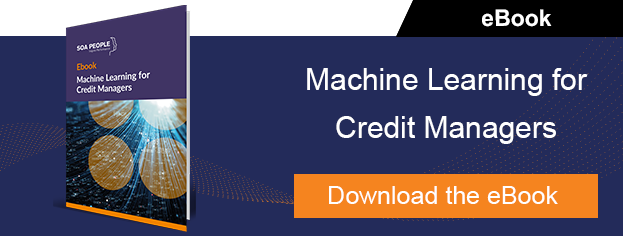The credit manager’s role has dramatically evolved and never more so than since the start of the Covid-19 crisis. They play an increasingly important part in these challenging times to help their organisations survive, by mitigating risks through effective credit management practices.
Progressively seen as a problem solver, collaborator and enabler, the credit manager has many crucial connections across the organisation and beyond, with employees, customers, business partners, stakeholders, credit agencies, and many more.
The credit manager will often have a direct working relationship with customers, partnering with them to work out solutions to continue to be able to do business, particularly where the customer is struggling financially. Now is a critical time for senior executives to acknowledge this important credit management role in maintaining good customer relationships, fundamental to ensure the business and its customers survive these unprecedented times. According to The German Credit Manager Association, credit managers are managing on average 40% of an organisation’s total assets in its Accounts Receivables.
Modern working requires the latest credit management software
The successful industrialisation of credit management that has taken place over the last 20 years, is making credit management core processes much easier for organisations. Today, software-supported credit management is commonplace, at least in the larger companies. Here is a list of the types of functions you can achieve with software:
- Query of credit agencies
- Exchange with payment experience pools
- Credit checks and risk assessment
- Determination of negative indicators
- Allocation and monitoring of credit limits
- Monitoring of payment experiences
- Management of guarantees
- Processing of credit insurance contracts
- Clarification of disputed items
- Collection of uncollectible receivables
- Extrajudicial and judicial debt collection
- Lump-sum specific valuation allowances
Making credit management accessible to all who need it
To optimise functionality and extend usage, you need integration across internal and external resources. Some systems are only partially connected and running on the cloud via external servers. Your software may only be suitable for the classic PC sitting on your desk and not for remote working on a variety of devices.
Following feedback from customers and from the market, we wanted it to be easier for other stakeholders to access relevant credit management information easily and efficiently. We discovered that many credit managers were still spending a lot of their time putting data into Excel reports in order to circulate around to senior level executives or other stakeholders, as these people probably didn’t typically have operational access to the software.
Pre-defined dashboards make visualisation easier for those that need it
SOA People has now redesigned its credit management software using Fiori Launchpad so that your users can view data visually on any device via pre-defined dashboards. For example, a senior executive may be in a meeting where they need to rapidly gain a full risk assessment of a particular customer. They can now view the risk report data on their tablet or mobile device in the meeting room - via a very user-friendly and visual interface.
With Fiori Launchpad working ‘behind the scenes’, users can easily access portfolio overviews and summary information. Credit limit decisions is a good use-case where there could be an accept or dismiss click-through. As the credit manager you will be interested in the deeper dive, but if your executives need credit or risk information, it’s probably related to specific sales regions or customers. Both of which are possible via the new user interface.
Check out our mobile-ready modules that are already available for Credit Reports and Risk Management in Ready4 Credit Management.



